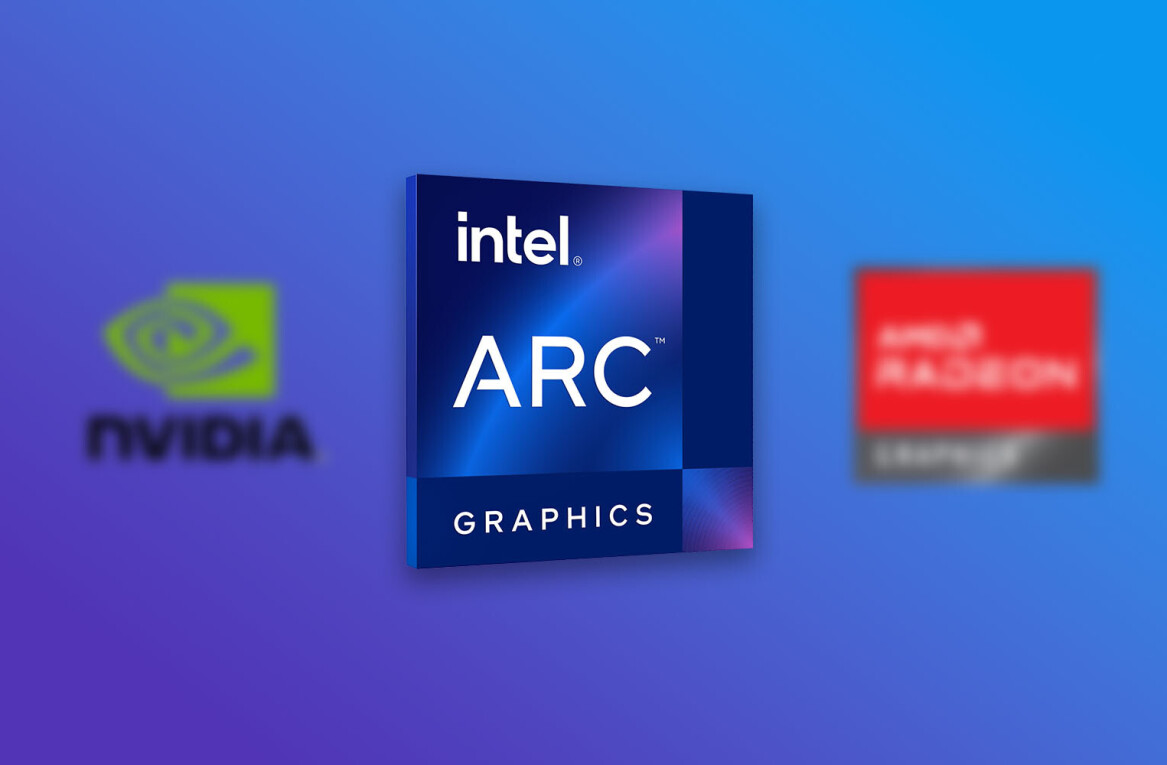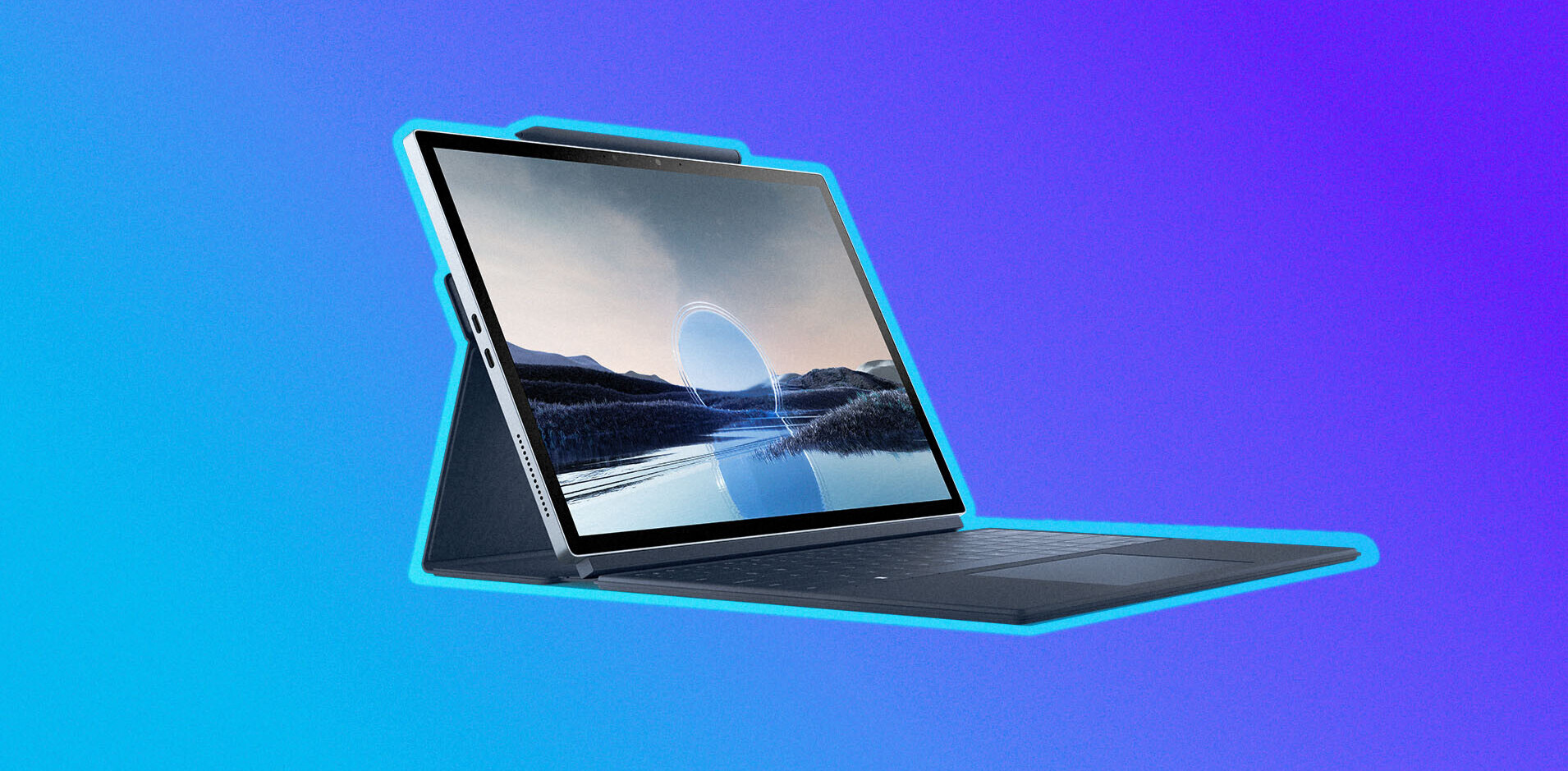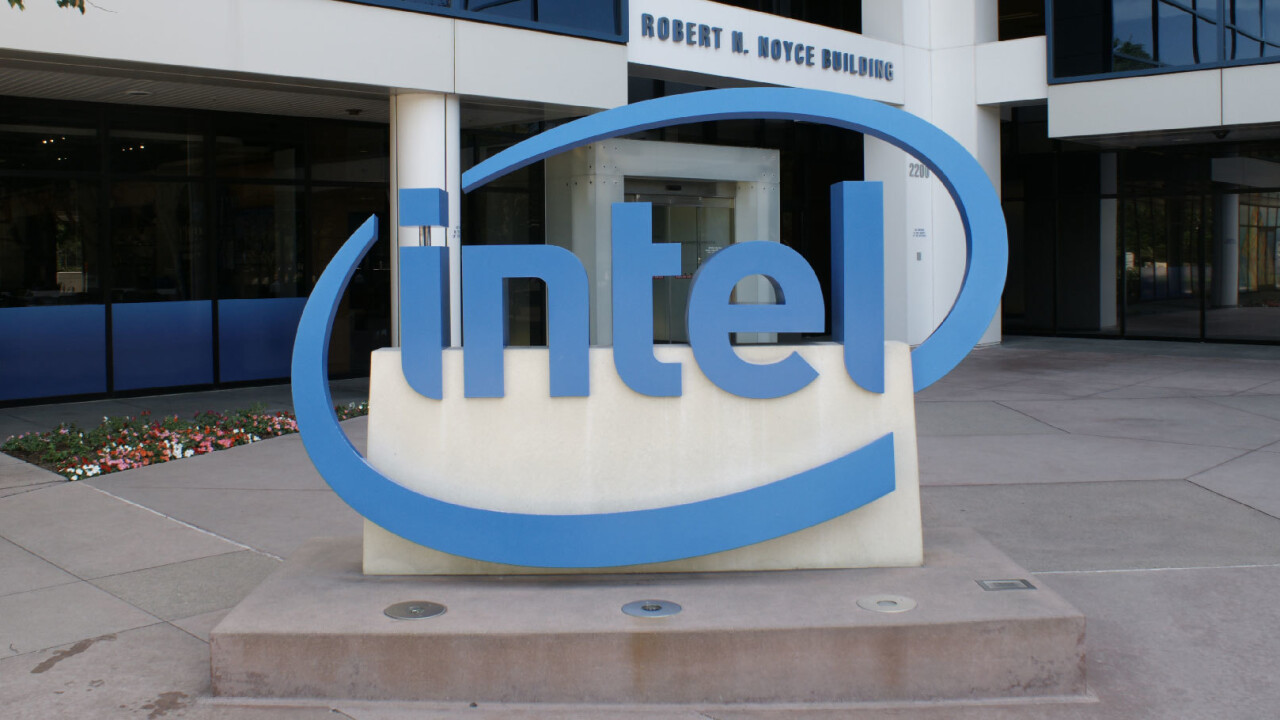
While everyone is clamoring to get something on our wrists, most don’t actually record biometric information from their skin contact. Intel and SMS Audio decided to do something different by engineering something we already use and it could make Intel a major playing in the wearable market.
“In the wearable space, we see a lot of hype. I don’t think the market is ever going to be that big if all we have are just square cellphones taped to your wrist,” says Mike Bell, General Manager of Intel’s New Devices Group.
Instead the two companies have announced the SMS Audio BioSport In-Ear Headphones. The earbuds look pretty much like all the other tiny speakers you shove in your head. But in addition to housing speakers, tiny optical sensors in the buds record your heart rate and send that information to the RunKeeper app. So you’ll end up with deeper detail from your workouts than if you just had a a bracelet counting your steps.
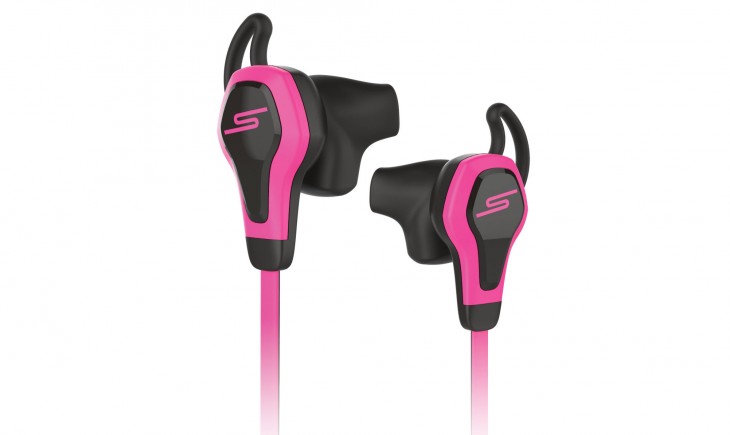
The SMS Audio BioSport Headphones
The earbuds are water resistant so anyone that runs in the rain or sweats like they’re being questions by a federal judge can workout without worrying about their tunes and data tracking shorting out because of moisture. More impressive is that the earbuds are powered by the audio jack on your smartphone. “We managed to figure how to produce a circuit that allows you to extract power from audio and power the device without a battery,” says Bell.
Plus, it uses flat cables so the earbuds won’t turn into a tangled mess when you put them in your bag or pocket.
Of course, this partnership with SMS Audio isn’t completely exclusive, Intel has created an SDK called the Intel IQ Software Kits for any companies that want to use the features that Intel developed while building the circuitry inside the BioSport. Of course those companies need to have Intel Inside their devices. But, it’s part of a new focus to change how the company does business.
Intel makes the silicon that powers most of the computers of the world. It’s a lucrative business that lumbers along like a freight train. But the company has found it difficult to get ahead of its x86 chip business and switch tracks to a more diversified business model. The Intel mobile initiative was incredibly slow to out of the gate and continues to struggle against the ARM juggernaut. It killed its app store that no one ever knew about and its OnCue TV service and hardware unit was sold to Verizon earlier this year right before it was supposed to launch. When new CEO Brian Krzanich took the helm last year it looked like Intel was focusing like a laser beam on chips and nothing else.
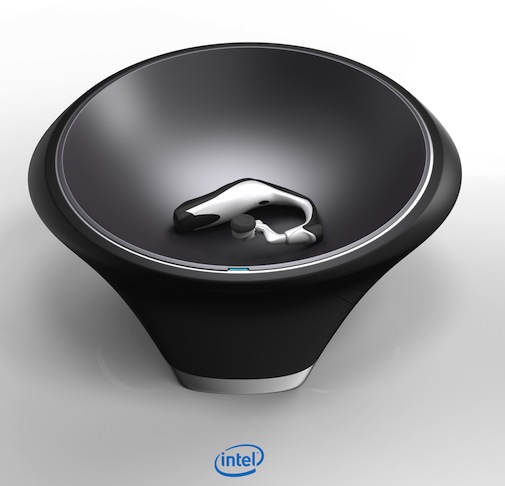
The Intel Smart Wireless Charging Bowl and Jarvis Bluetooth headset shown off at CES 2014
Then at CES 2014, the company showed off its wearable and Internet of Things prototypes. It looked like the company was tired of being caught flat-footed on the latest technology trends. But it was — and still is — quick to point out that it’s not a consumer facing company and doesn’t intend to start competing with its partners by releasing Intel-branded devices. That’s why you’ll never be able to buy one of Intel’s reference designs.
So for its new forays in technology, it’s reaching back to a proven model. Partner with companies. But it’s more hands on than usual with today’s announcement.
Bell told TNW:
Today’s announcement represents a key milestone in executing on the wearables strategy that our CEO defined at CES. Through collaborations with lifestyle and fitness brands like SMS Audio, Intel is rapidly expanding into exciting new markets and evolving beyond its core businesses.
By partnering with SMS Audio, it’s doing more than just filling computers with chips, it’s taking active steps to diversify and get its technology into devices instead of letting them languish in a lab somewhere. It’s a partnership not born out of top executives in high powered meetings, but via lower level people who happened to meet at an event according to SMS Audio President Brian Nohe.
SMS heard that Intel had a skunk works project investigating where else to put chips. They companies met and worked concurrently on the project with Intel visiting SMS Audio on occasion and SMS Audio visiting Intel while the earbuds were being designed. “And we all still like each other other.” says Nohe.
While the Apple’s and Dell’s of the world are locked into Intel’s x86 product line, if the company is to truly diversify its products and image, it needs friends like SMS Audio. “Part of what we want to do is go out there and show it’s not just about demos, it’s about products, it’s about helping form and create these new markets and industries” says Bell.
The SMS Audio BioSport In-Ear Headphones don’t have a price yet, but it is expected to go on sale in the fourth quarter — just in time for the frantic Christmas shopping period. In the meantime, Intel is a company trying to be more nimble when trends emerge and of course, still wants Intel Inside of everything.
Get the TNW newsletter
Get the most important tech news in your inbox each week.


